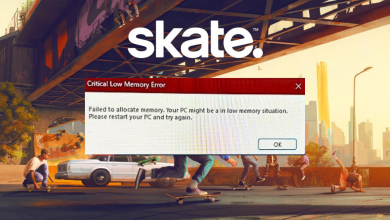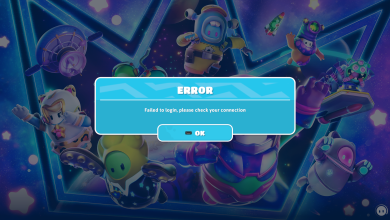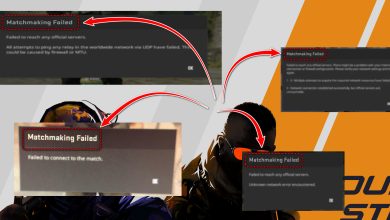Fix: “Fatal D3D Error” in Resident Evil 4 Remake on PC
Fatal D3D Error in the new Resident Evil 4 is often the outcome of the graphics settings that you are using in the game. These settings can include the usage of the Ray Tracing technology or higher VRAM usage by the game process which it is not able to source from the graphics card.

In such an instance, the game results in a crash and throws the error message in question. Tinkering with the graphics settings of the game can often help you resolve the issue, and when it does not, there are other solutions in the article below to help you get out of the plight.
1. Disable Ray Tracing
The first remedy that you should implement when encountering the D3D error in Resident Evil 4 is to disable Ray Tracing in the game settings. This is a feature from NVIDIA that allows games to depict the lighting and shadows in games more accurately with the help of the RTX cards.
Improper implementation of the technology can often cause different games to crash, which seems to be happening with Resident Evil 4 as well. In such an instance, disabling Ray Tracing should help you isolate the issue. If you are an AMD user, you will have to turn off FidelityFX Super Resolution.
- First, open the game and navigate to the Options menu.
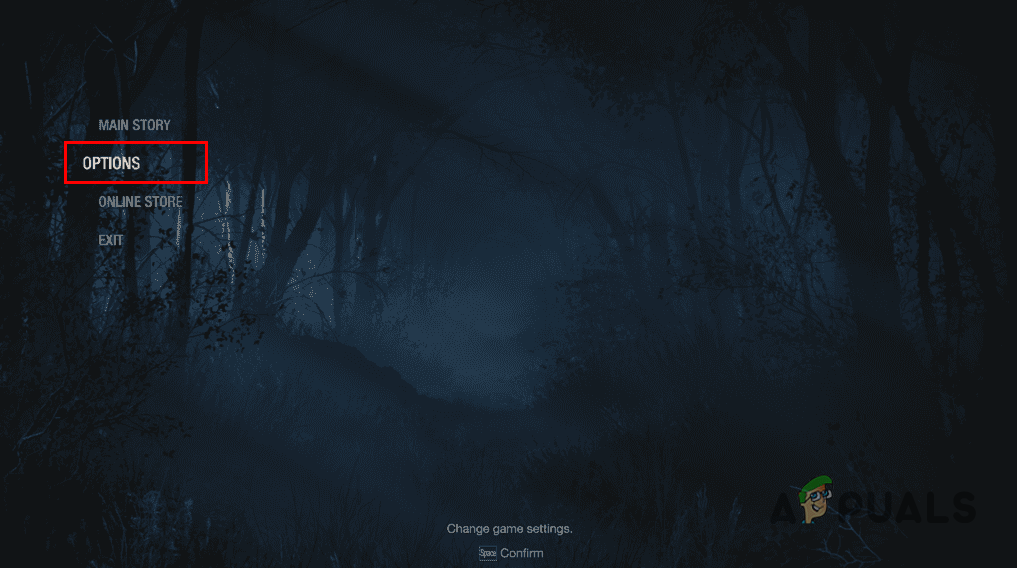
Navigating to the Options Menu - Then, switch to the Graphics tab.
- Finally, locate the Ray Tracing option to turn it off.
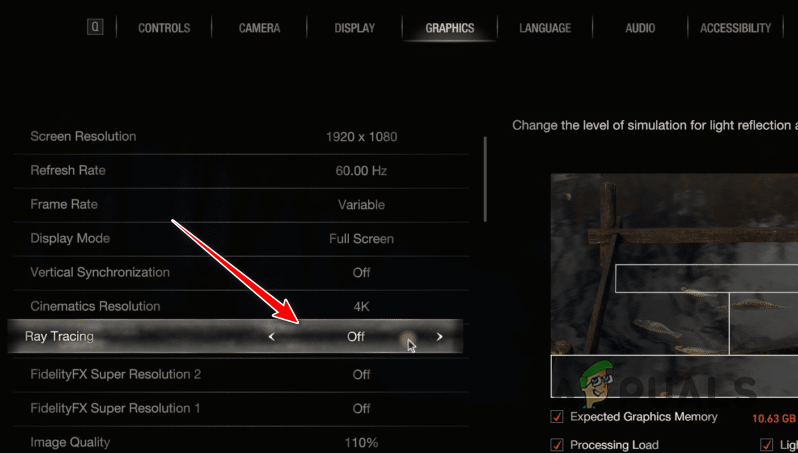
Disabling Ray Tracing
2. Reduce Shadow Quality
Another potential cause of the issue can be the shadow quality of the game. This happens when the shadow quality is set to Max in the game settings, resulting in frequent D3D error crashes. Such issues are the outcome of poor optimization of the game at different instances, and thus, can only be patched by the developer team.
However, in the meantime, you can lower the shadow quality in your game settings to overcome the issue. Follow the instructions below:
- Start by opening the game.
- Go to the Options menu on the main menu.

Navigating to the Options Menu - Then, switch to the Graphics tab and locate the Shadow Quality option.
- Lower the setting from Max to High or below.
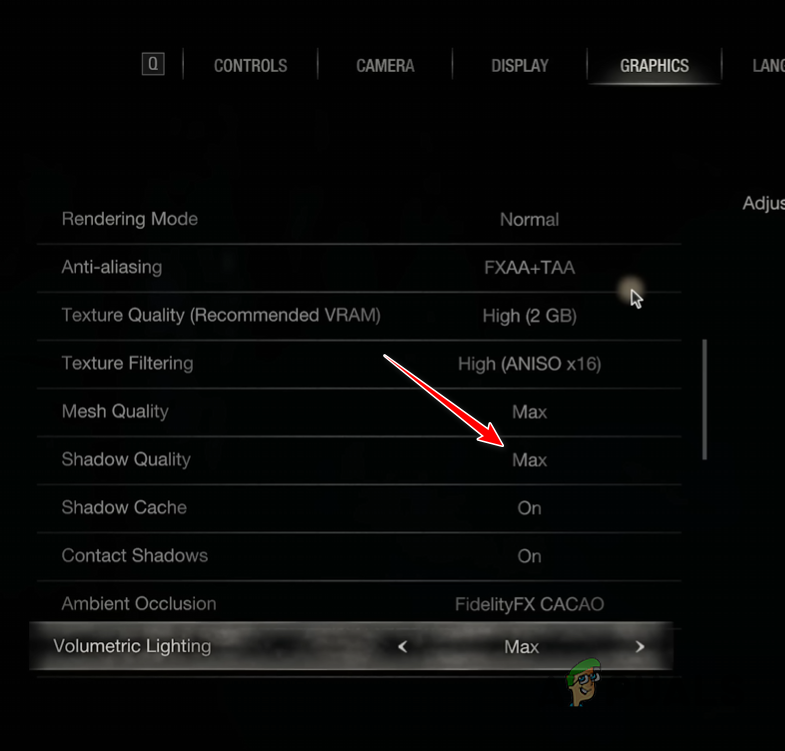
Changing Shadow Quality - Once you do that, see if the problem still occurs.
3. Lower VRAM Usage
The VRAM usage of the game can also trigger the D3D error on your PC. This usually happens when the game is not able to source the amount of video memory required to render the environment on your PC, causing it to crash.
In such an instance, you will need to lower the VRAM usage of the game in the graphics settings to resolve the issue. If you have a high-end PC, it is likely the issue is being caused by a specific graphic setting, which is why lowering the graphics preset often fixes the issue. As such, you can try tinkering with the graphics settings individually to see if that resolves the issue.
If your VRAM usage is red or orange, you will need to lower the quality preset until the VRAM text becomes white. Follow the instructions below to do this:
- Open the game and go to the Options menu.

Navigating to the Options Menu - Then, switch to the Graphics tab.
- After that, use the Presets option to select a lower graphics preset to reduce the VRAM usage.
- Additionally, you can also choose a lower texture quality via the Texture Quality option which will reduce the VRAM requirement as well.
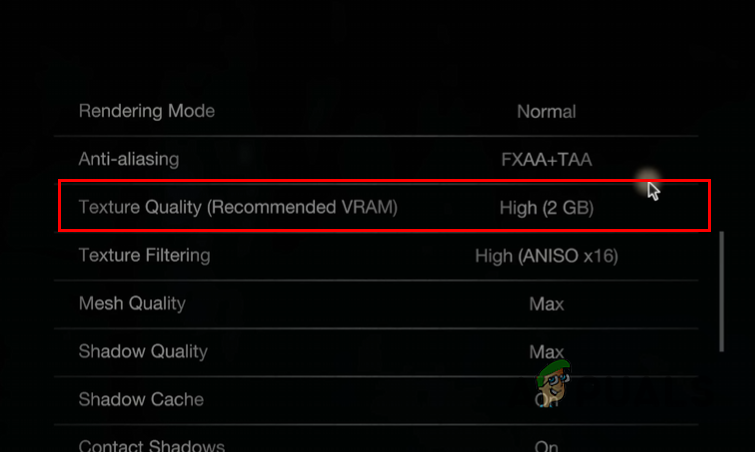
Changing Texture Quality
4. Disable Shadow Cache
Shadow cache is an option in Resident Evil 4 that caches in-game shadows in your memory. Depending on your PC specifications, the game stores static shadows in the memory to improve the overall performance, instead of loading the shadows as you move through the area.
Disabling the shadow cache can help in isolating the D3D error, especially if your memory usage is reaching its limit. To do this, follow the instructions below:
- Open the Options menu in Resident Evil 4.

Navigating to the Options Menu - Then, switch to the Graphics tab and scroll down.
- Locate the Shadow Cache option and turn it off.
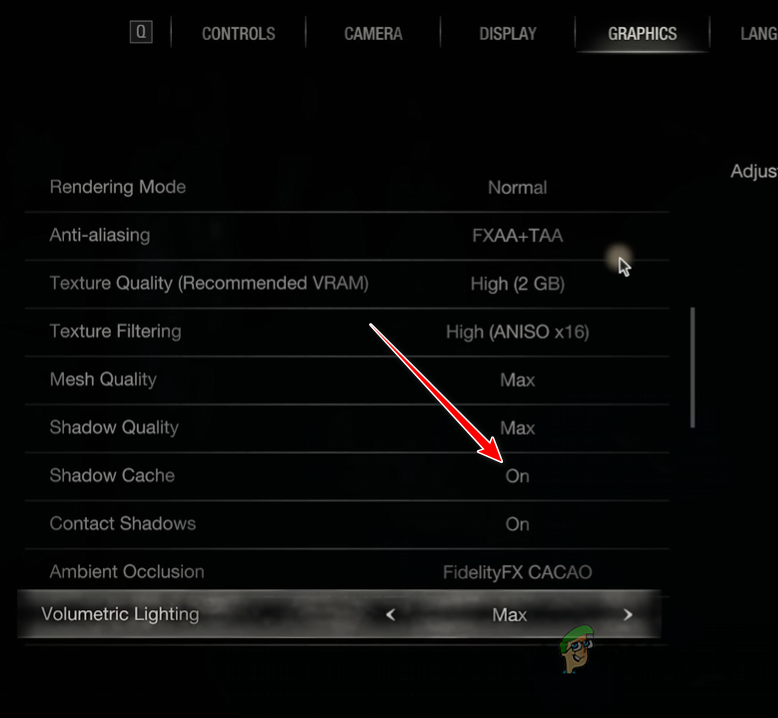
Disabling Shadow Cache
5. Remove NVIDIA Freestyle Filters (if applicable)
NVIDIA Freestyle is a feature in GeForce Experience that allows you to change the appearance of a game by applying different visual filters. This happens with the help of real-time post-processing filters. Since this is achieved by interfering with the game, it can cause the game to throw up the D3D error.
As such, if you are using NVIDIA Freestyle filters in Resident Evil 4, you will have to remove them to resolve the issue.
- First, open the game on your computer.
- After that, press the ALT + F3 shortcut on your keyboard to bring up the NVIDIA Freestyle overlay.
- Then, use the remove icon next to the filters you have applied. Do this for all of the filters you are using.

Removing the NVIDIA Freestyle Filter - Once you do that, click Done and see if the problem goes away.
6. Delete Resident Evil 4 Config
Resident Evil 4 stores a local on your computer that contains various settings and configurations you have applied to the game. This config file is loaded every time the game starts. If the config file gets damaged, it can cause the game to throw up the D3D error.
In such an instance, you will need to delete the config file on your computer. This will reset the settings but you will be able to get rid of the issue. A new config file will be generated automatically on the subsequent launch. Follow the instructions below:
- Start by opening the File Explorer window.

Opening File Explorer - Then, navigate to the Documents > My Games > Capcom > RE4 directory.

Navigating to the Documents Folder - Locate and delete the config.ini file.
- Open the game and see if the error message still occurs.
7. Reinstall Display Drivers
Another cause of the D3D error in Resident Evil 4 can be the video drivers on your system. Such instances are possible when the display drivers are damaged on your system, or you are running an older version that is not fully compatible with the new game.
In such a circumstance, reinstalling the display drivers on your PC should allow you to solve the problem. To do this, you will need to use a third-party utility to completely uninstall your current drivers. We will be using Display Driver Uninstaller (DDU) in this article.
- Start by downloading DDU from the official link here.
- Then, extract the file and run the Display Driver Uninstaller.exe executable.
- After that, click Continue on the Options pop-up that appears.

Options Screen - Once you do that, you will need to specify GPU from the Select device type menu.
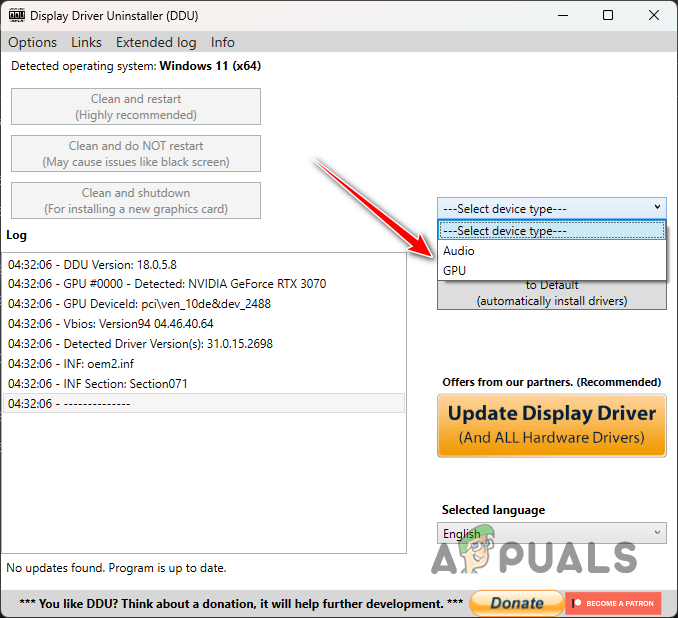
Select GPU as the Device - Then, you will need to select your GPU brand in the Select device menu.
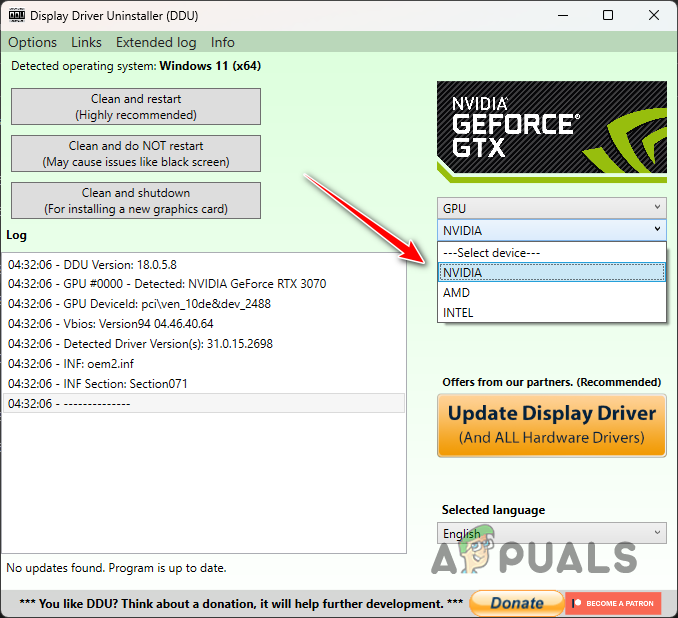
Choose GPU Brand - To uninstall the drivers, click the Clean and restart option.
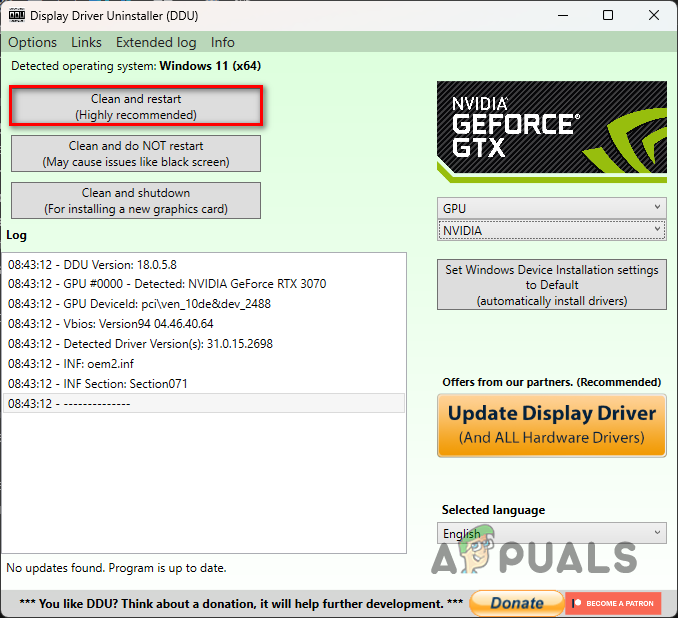
Uninstall Graphics Drivers - Wait for the PC to boot up.
- Then, navigate to your video card brand’s website and download the drivers available for your card.
- Install them and see if the D3D error persists.
8. Clean Boot your System
Clean booting your system is an effective way of verifying if an issue is caused by third-party interference. Such scenarios occur quite commonly with the increasing number of background processes and services on our PC.
A clean boot starts the computer with only the system resources running in the background. The process involves disabling third-party apps on startup, along with any respective services.
If the game runs smoothly in a clean boot, you will need to uninstall the problematic app that you can identify by turning on the services one by one. Follow the instructions below to perform a clean boot:
- First of all, open the Run dialog box. You can do this by pressing the Win key + R shortcut.
- Then, open the System Configuration window by entering msconfig in the Run box.
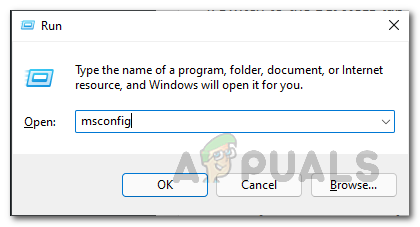
Opening System Config - After that, go to the Services tab and use the Hide all Microsoft services checkbox to only show third-party services.
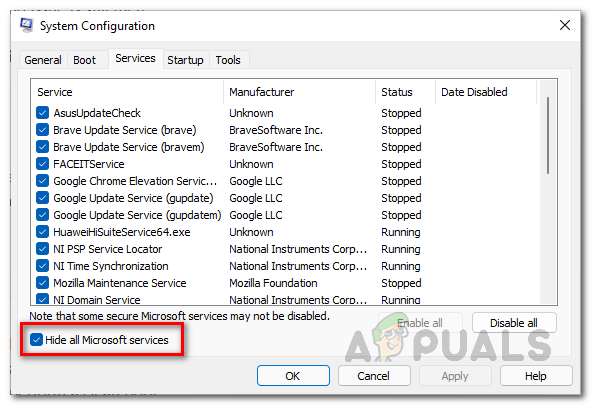
Hide System Services - Disable the third-party services by clicking Disable all.
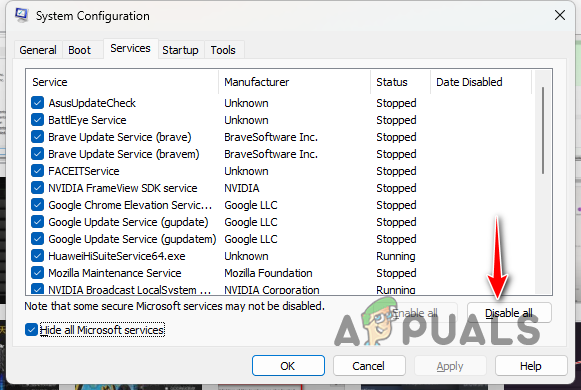
Disabling Startup Services - Click Apply to save the changes.
- After that, make your way to the Startup tab and click Open Task Manager.

Open Task Manager via System Config - This will open a Task Manager window.
- From the list of apps, select each individual app and hit Disable.

Turning off Startup Apps - Finally, reboot your system to execute a clean boot.
9. Remove Overclock
Finally, if the above methods do not isolate the D3D error in Resident Evil 4, your last step should be removing any overclocks you have applied to your components. This mainly includes the graphics card or the processor on your computer.
Such occurrences are common with overclocked components where newer games are not properly optimized to run on them. This can also include any undervolts applied to the graphics card as well. Once you have reset the clock speeds, see if the problem persists.
That is it, one of the above solutions should help you in getting rid of the D3D error message in Resident Evil 4. The error message is mostly a result of your graphics settings, which is why tinkering with them can often help you resolve it. Keep the VRAM usage of the game and modern features such as Ray Tracing in mind when you encounter such an issue to easily resolve it.
 Reviewed by
Reviewed by 

